Our guest Richard Rees sent in a wonderful selection of photos and we invited him to provide some words to accompany them on our website. We are delighted to post his very evocative impression of the Hebrides which also reveals a hidden passion for a certain lady!
“What is it about the Hebrides? The islands have been pulling me back every year since my first visit in the early 90’s. It may be my Scottish ancestry, but I think it’s the unique combination of landscape, wildlife and community that proves irresistible to the traveller in search of wilderness and solitude. For years, I have stood on the edge of islands like Skye, the Uists and Harris looking out at all those other islands, the unpopulated, inaccessible ones, wondering what they must be like. Well, in May of 2018 I could stop wondering, because thanks to the Elizabeth G, my wife Elin and I could go and find out for ourselves.
After leaving Oban, as the 12 passengers and the crew got to know each other, we sailed through the Sound of Mull in bright sunshine and a light breeze. For me, the search for wildlife started as we left the harbour and half way up the sound, with the Ardnamurchan Peninsula to our right, a golden eagle drifted effortlessly on the breeze scanning the coastline for a meal. We spent our first peaceful night afloat in Loch Sunart, before heading out across the Minch to the Outer Hebrides.
We were heading for the islands south of Barra and after an interesting crossing over the Minch, with Atlantic white-sided dolphins for company, we arrived in a bay at the island of Sandray. The guests had a variety of interests, some like myself looking for the wildlife, but others were intrigued by archaeology, history, geography and geology. It made for a fascinating and informative trip. Sandray did not disappoint, with its sand dunes, the remains of houses abandoned a hundred years ago and otter footprints on the beach.
The following day it was over to Berneray or Barra Head, made famous by the shipping forecast. Initially shrouded in mist, it is one of the most atmospheric places I have ever been. As we walked up the old track to the lighthouse, the mist began to lift, revealing the ruined houses of crofters long gone, the old church and graveyard and the lighthouse on the highest point of the island. A stone circle revealed the graves of 5 of the lighthouse keeper’s children, the victims of diseases that are easily curable today. The puffins, razorbills and guillemots did not disappoint as they fussed about their nests on the steep cliffs that face out to the formidable Atlantic.
After spending another night in Vatersay Bay, the rain made a brief appearance, but did not last the morning. There was a chance to explore Vatersay, to walk the strand, climb the hills, find archaeological artefacts and grab a coffee and cake at the community centre café. One of the high points for me was seeing and being able to photograph corncrakes for the first time. They are often heard but rarely seen.
Next we headed for Mingulay, passing Pabay and a wonderful aerial display by a white- tailed sea eagle, ducking and diving in the crisp clear air to evade the ravens which were in hot pursuit. When we arrived at Mingulay Bay the sea was alive with seals. They were all around the boat, but that was nothing compared to the hundreds of Atlantic grey seals lying up on the beach. Mingulay is a magical island. As we walked up the beach the ruined houses and burial ground told a story of hardship and community, and of a people who lived here long ago. It is an island of contrast with sandy beaches and steep cliffs. Those who wished to walk in company could explore the island together, while others walked off alone to enjoy the peace and the solitude. You need time to explore islands like these, and with the Elizabeth G, more than enough time was allowed for everyone to make the most of their island quest.
After an enchanted evening moored in the bay at Mingulay watching many more hundreds of grey seals arrive to spend the night ashore, it was time to head back to Oban, but not before landing on Hyskeir (Oigh-sgeir) to visit the lighthouse. These rocks ten kilometres off the coast of Canna and 14 kilometres west of Rum not only have an impressive lighthouse but are home to a wonderful array of wild birds. There were arctic terns, gulls and eider ducks on every rock with nests in every cranny.
As a wildlife film maker and photographer, I have been privileged to travel and work in some of the wildest, remotest parts of the planet. But it is the Hebrides that keep drawing me back. The week spent on the Elizabeth G was a week that my wife Elin and myself will never forget. Skipper Rob and the crew surpassed all expectations, never failing to get us ashore on to some of the remotest islands in the Hebrides and providing meals of a truly cordon bleu standard on our return. It was without doubt, one of the most interesting, fascinating and relaxing trips we have ever enjoyed. Our thanks to Rob and the crew. Elizabeth G I love you. We will be back.”
Richard Rees



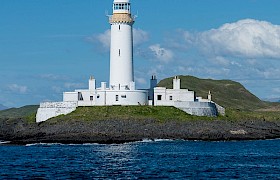

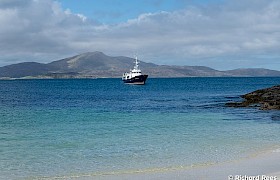
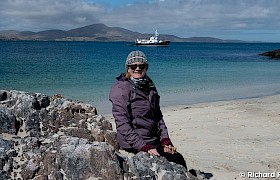
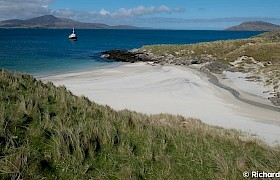
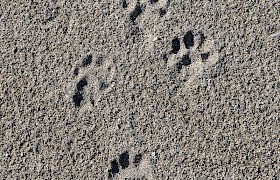
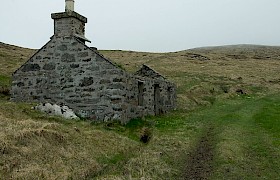
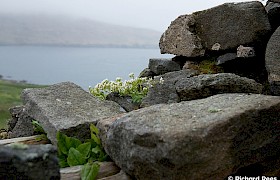
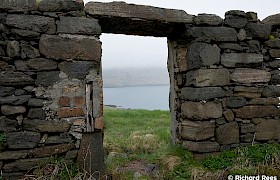
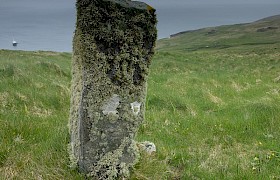
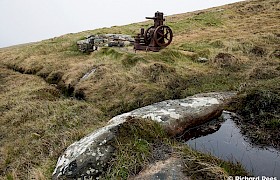
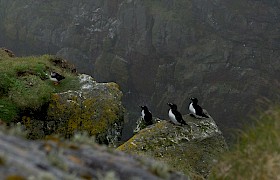
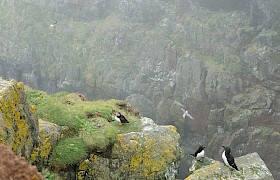
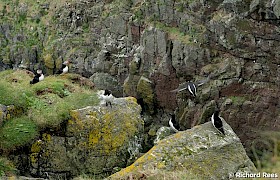
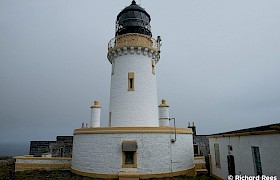

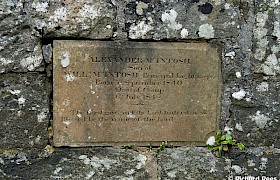
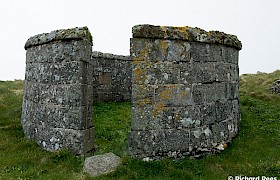
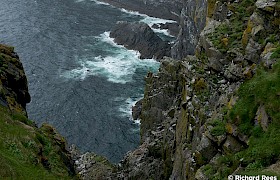
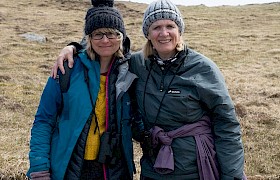
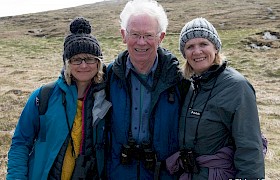
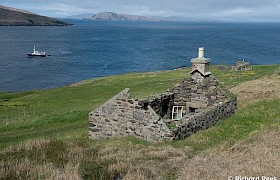
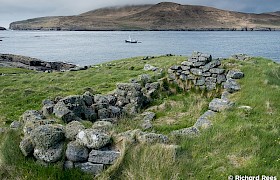
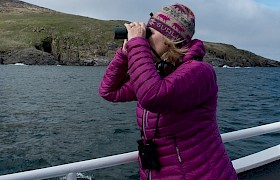
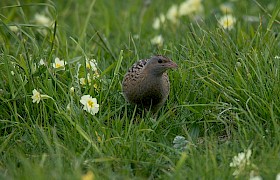
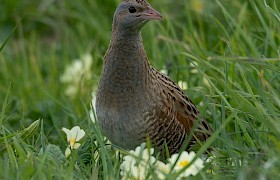
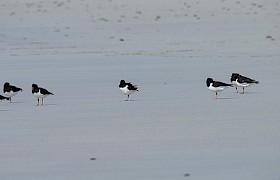
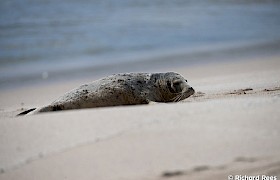
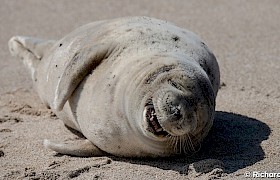
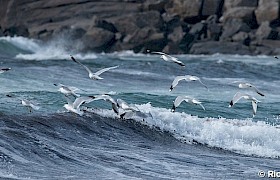
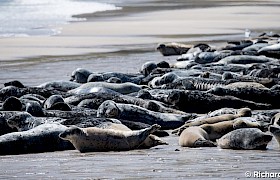
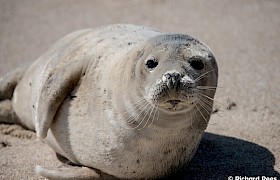

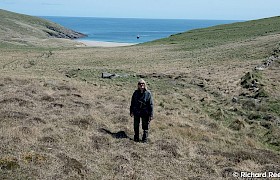
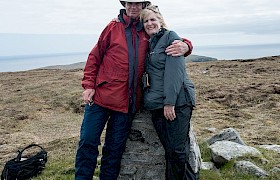
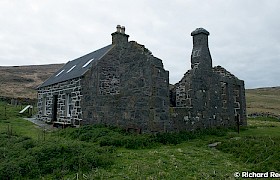
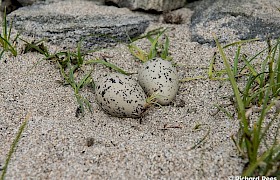
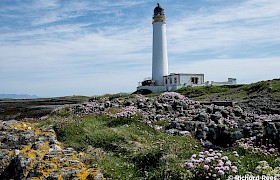
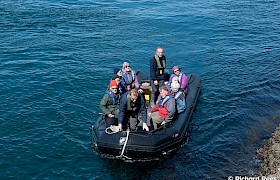
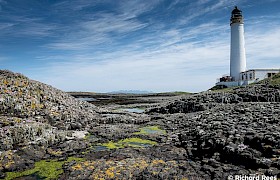
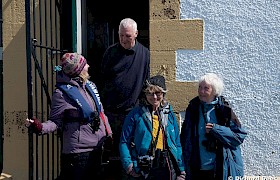
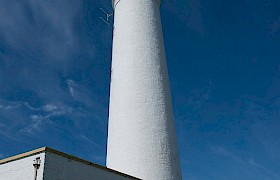
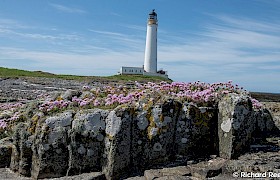
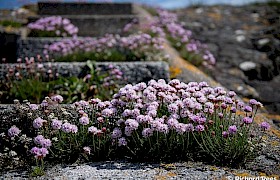
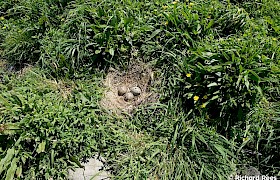
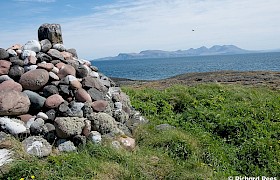
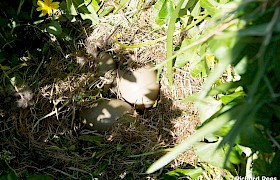

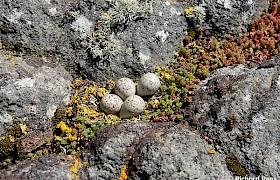
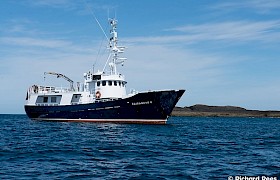
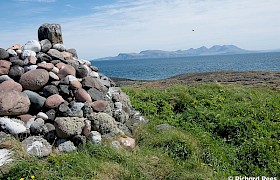






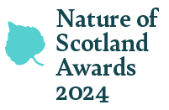
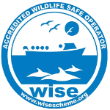
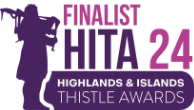
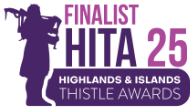













Lovely friendly welcome, with the quality of meals and the overall cleanliness second to none. Services of the crew and care went beyond the call of duty. It was already extra special! Caroline’s cooking was up to masterchef standard and lunches will never be the same again. Pauline’s attention to detail was brilliant and she never seemed to stop. Lynsey’s speed at recognizing the wildlife was incredible, her eyes seemed to be everywhere. Captain Chris was brilliant in all aspects and good fun with a wicked sense of humour. Dont hesitate, we had such a wonderful time on this holiday we really hope to repeat it maybe in the next few years! Love to Emma Jane and Best wishes to you all.
Nick & Diana Forman: 20 June 2019Private Charter 10 Nights